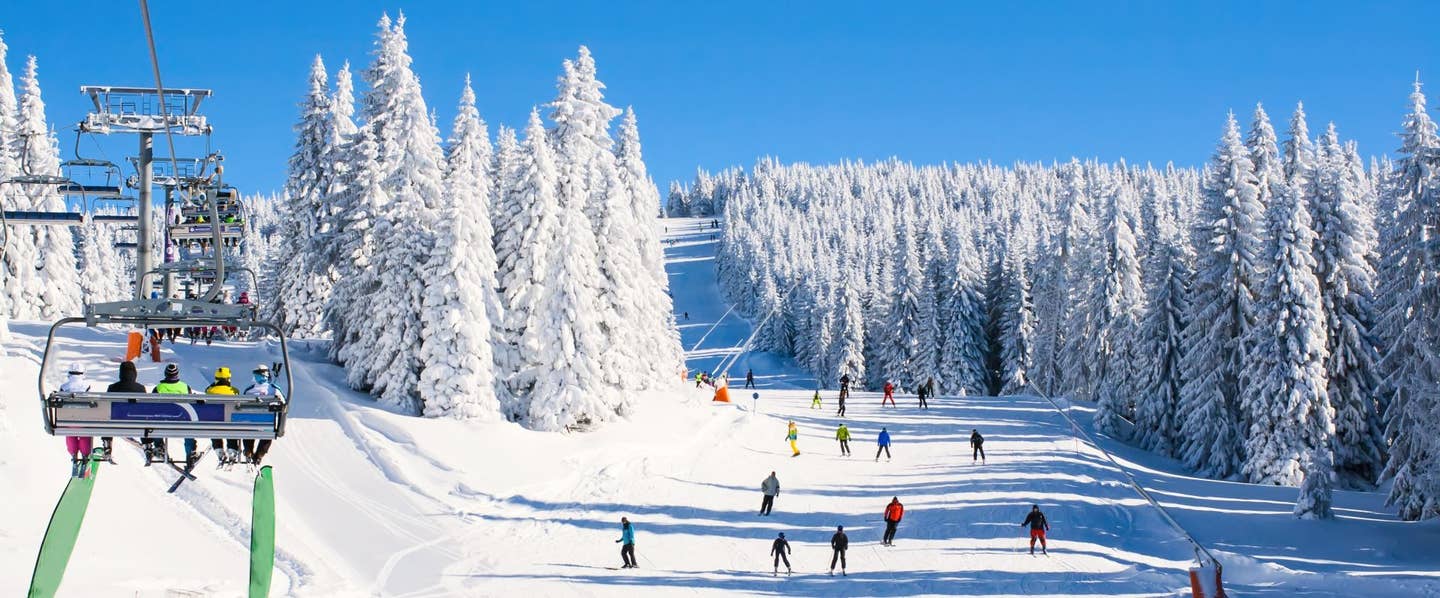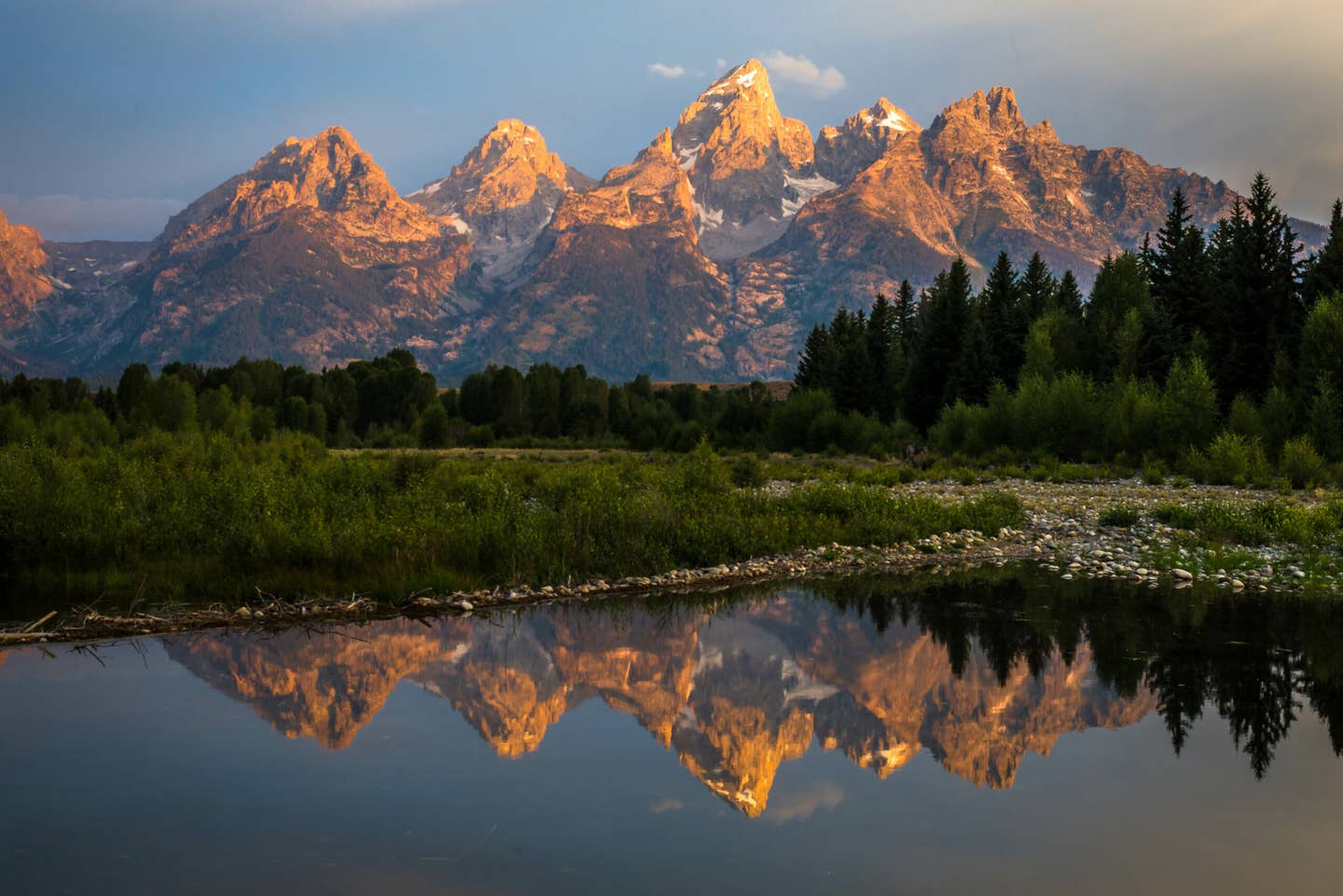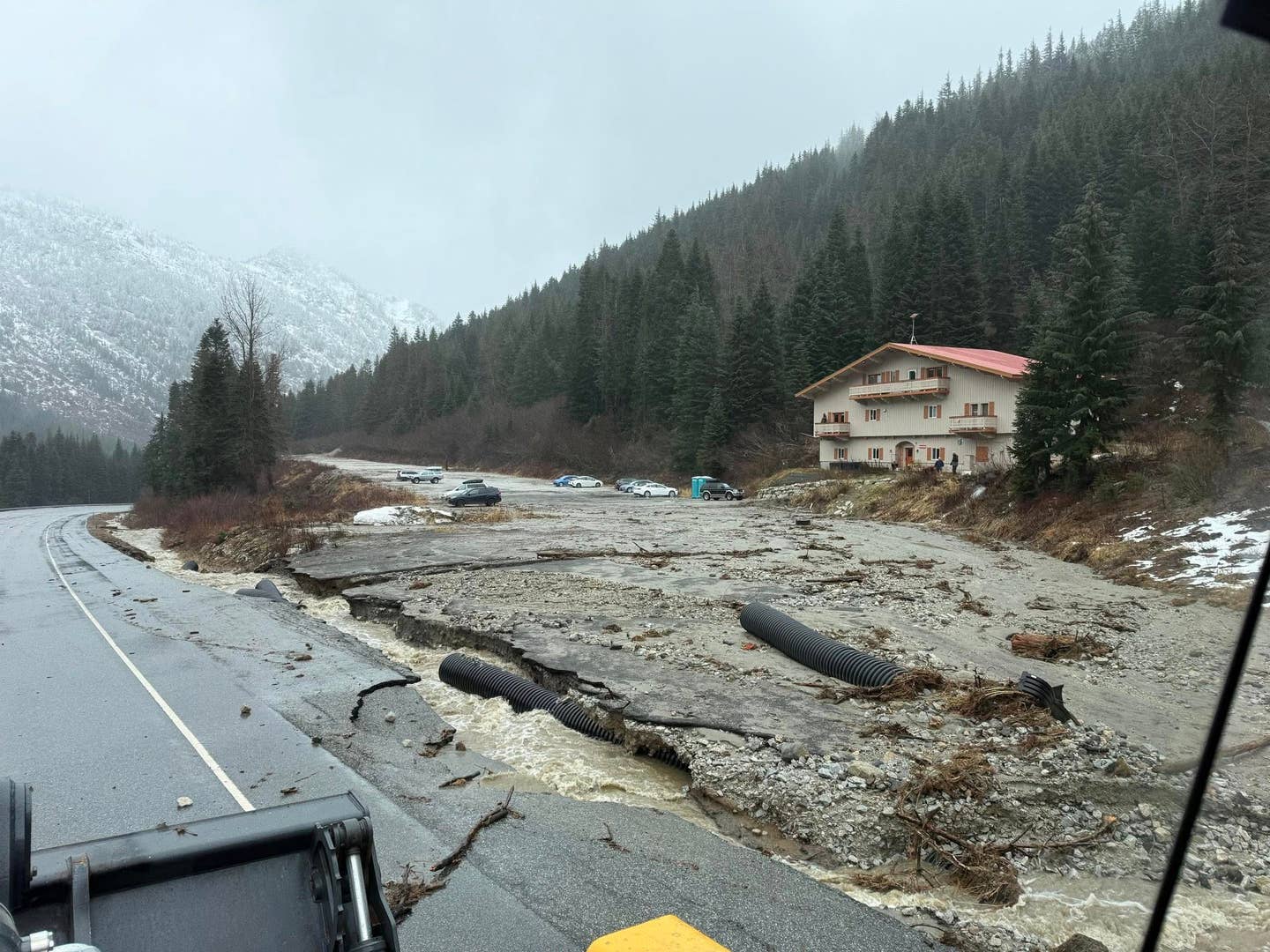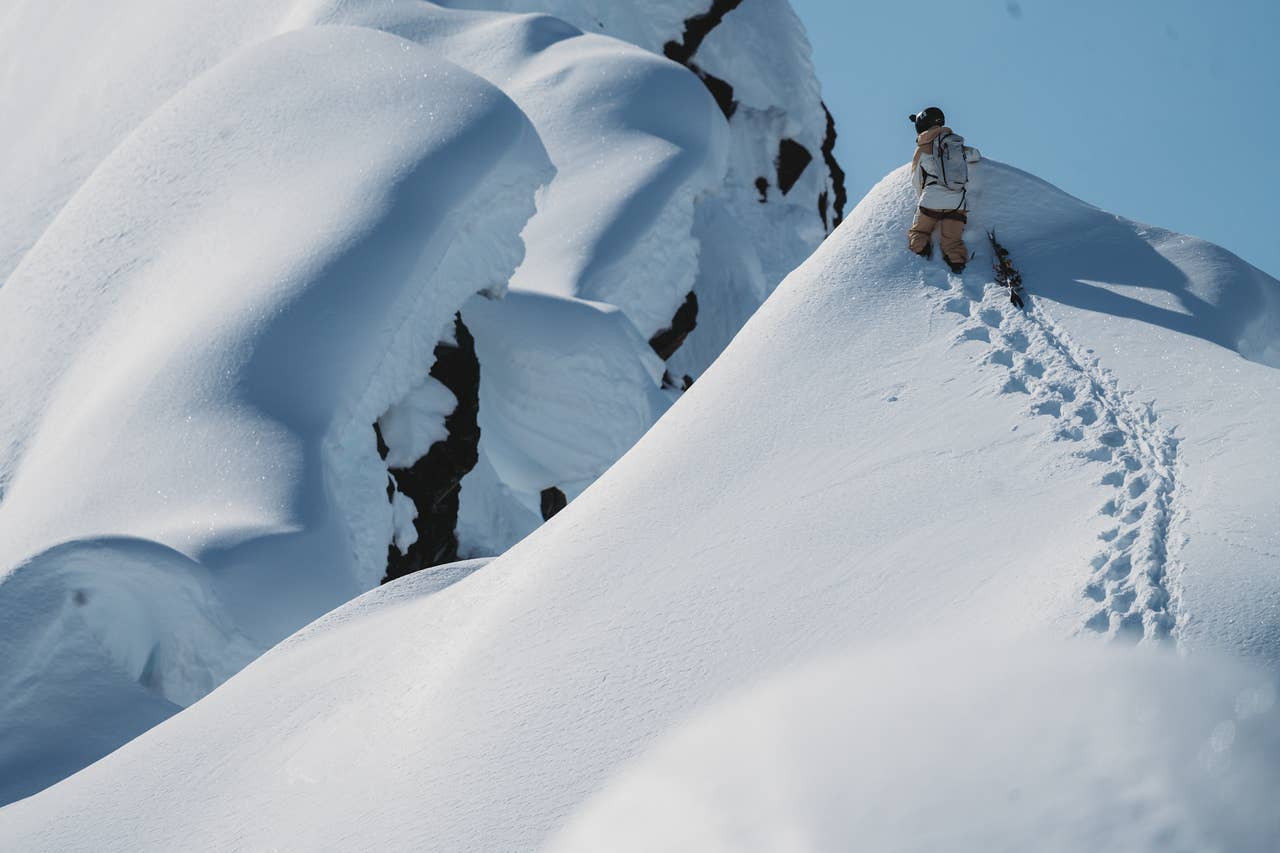

Training for Elevation: Cardio Hacks to Beat the Altitude Burn on Day One
Popular Stories
It's the scenario every rider dreads: you arrive at the mountain stoked to rip, but a single boot pack or a hard blue run leaves you gasping for air. The sudden drop in available oxygen, known as the "altitude burn," can turn your dream day into a dizzying nightmare. Since many of our best lines, whether in the Teton Range or the Chilean Andes, live above 10,000 feet, being prepared is non-negotiable.
The good news is that you can dramatically mitigate the effects of high elevation before you ever leave sea level. It's not about becoming a high-altitude native; it's about making your body more efficient at processing the thin air. Here is how to optimize your cardio system to dominate the vertical on day one.
The Science of the Burn: What’s Actually Happening?
When you gain elevation, the atmospheric pressure drops, which means there are fewer oxygen molecules available with every breath. Your body’s natural response is to panic a bit: your heart rate spikes, your breathing quickens, and you feel that heavy, sluggish fatigue.
The key to training is increasing your body's ability to deliver oxygen to your working muscles and improving your anaerobic threshold so you can tolerate short bursts of high-intensity effort without crashing.
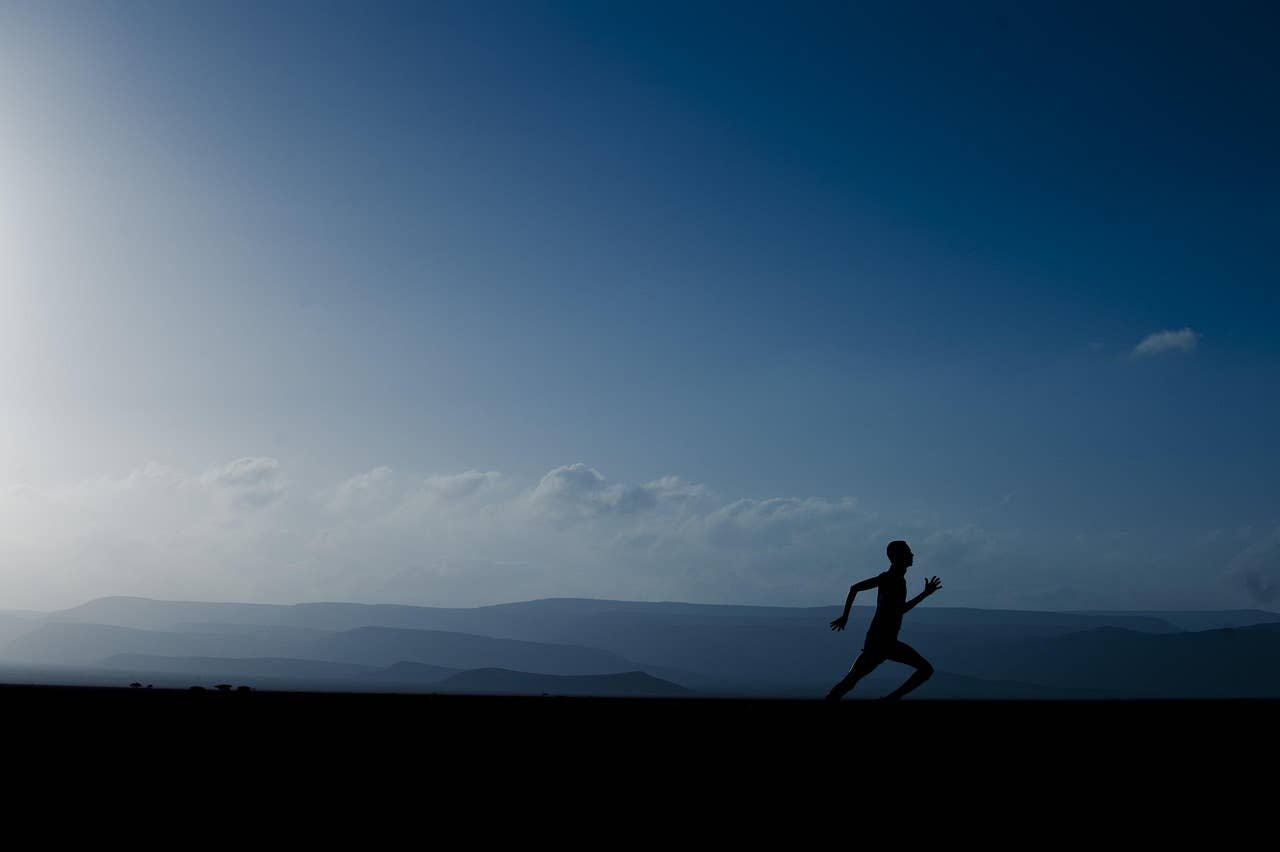
Cardio Hacks: Pre-Season Training to Build a Better Engine
Focusing on three specific types of training in the 6-8 weeks before your trip or season can make a significant difference in your mountain performance.
1. Maximize Oxygen Delivery with High-Intensity Intervals (HIIT)
This is the most time-efficient method for rapidly improving your body’s oxygen utilization. HIIT training stresses your cardiovascular system in a way that mimics the quick bursts of energy needed while riding. For example, a hard turn sequence or a scramble across a ridge.
- The Workout: Incorporate 30 seconds of maximum effort (sprinting, box jumps, fast cycling) followed by 90 seconds of low-intensity recovery.
- The Target: Repeat this cycle 8-10 times, 2-3 times per week. The short, intense segments teach your body to quickly recover when oxygen is scarce.
2. Build Endurance with Zone 2 Training
While HIIT improves your peak output, you need steady endurance to last the entire day. Zone 2 training is performed at a low-to-moderate intensity, you should be able to hold a conversation, but just barely. This trains your body to use fat for fuel instead of quickly burning through limited glycogen stores.
- The Workout: Perform a long, steady-state cardio session (hiking, running, cycling) for 45–90 minutes.
- The Target: Maintain a heart rate that feels sustainable for the duration. This type of training drastically makes sustained movement at altitude feel easier.
Sign Up for the TGR Gravity Check Newsletter Now
3. Breathe Better with Specialized Techniques
You can train your respiratory muscles just like your legs. Improving your diaphragmatic breathing (belly breathing) increases the total volume of air you can take in and helps expel carbon dioxide more efficiently.
- The Workout: Practice Wim Hof-style breathing or simple box breathing (inhale 4s, hold 4s, exhale 4s, rest 4s) for 10 minutes daily. This helps calm the central nervous system, which often overreacts to the drop in oxygen.
The Final Approach: Logistics on the Ground
Pre-season training gets you 80% of the way there, but a few simple logistics when you land complete the prep.
- The Slow Roll: If possible, do not ski hard on day one. Take it easy and allow your body 24 hours to begin the acclimatization process. Stick to groomers and keep the vertical manageable.
- Hydrate Aggressively: Altitude causes your body to excrete fluids faster. Drink significantly more water than usual, and consider supplementing with electrolytes. Dehydration compounds altitude sickness faster than anything else.
- Skip the Booze: That celebratory beer or glass of wine upon arrival might feel great, but alcohol dramatically interferes with your body’s ability to use oxygen and will absolutely worsen the altitude burn the next day. Save the celebrations for day three, when you're truly charging.
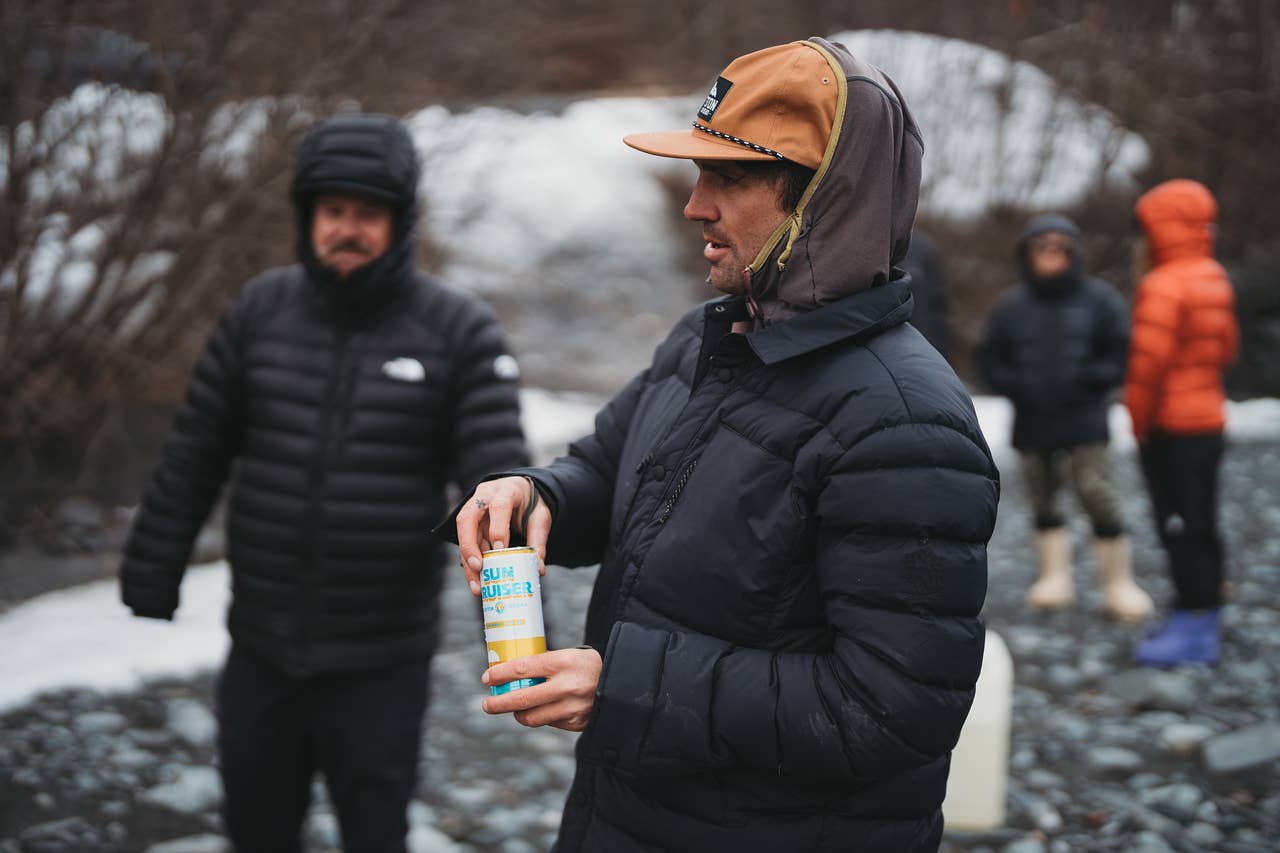
By prioritizing targeted cardio training and smart travel logistics, you can ensure that the only thing holding you back on the mountain is the amount of daylight, not the air in your lungs. Time to put in the work, so you can boost to your full potential this winter.

